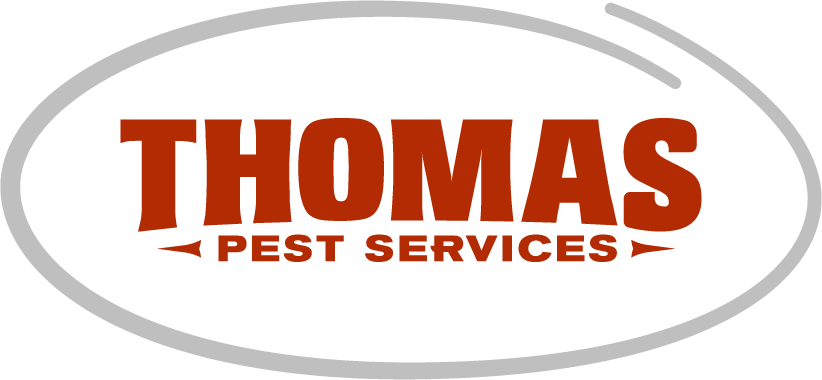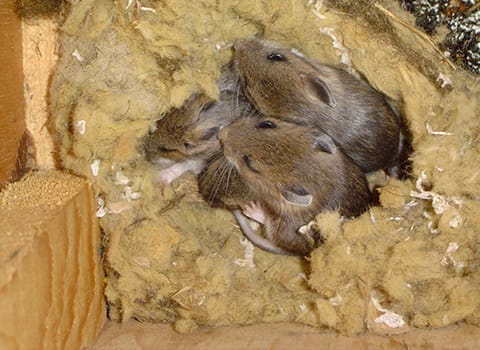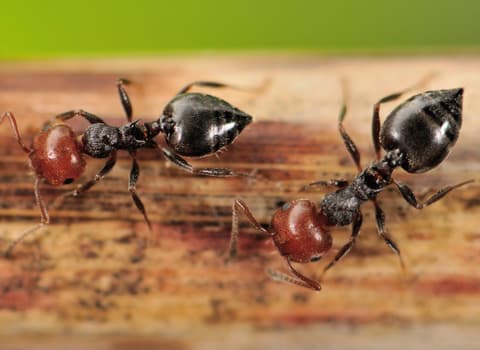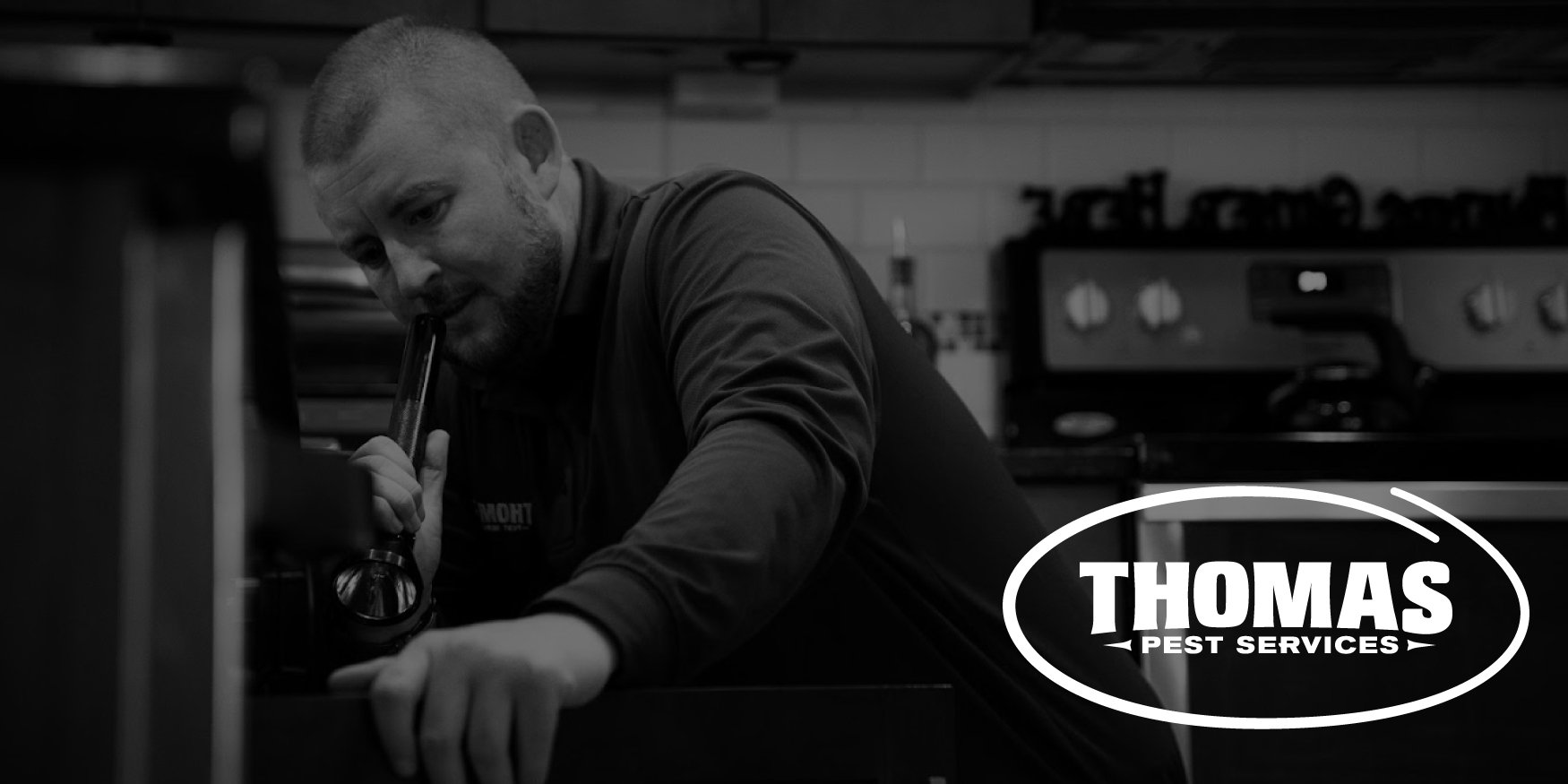Is something running around in your attic?
Something is running around in the attic, what is it? Flying squirrels, though rarely seen are the most common attic inhabitant in North America, including the Capital Region. Gray squirrels, fox squirrels and red squirrels will den in attics as well. Squirrels are most likely to end up in attics when a pregnant female squirrel is looking for a warm, protect place to have her babies. In most areas, squirrels have an early spring brood of 3-4 young, and sometimes a second brood in early summer.
Female squirrels are territorial when having young and nest alone, but in winter, close relatives may den together. An attic den can be home to 8 to 10 gray squirrels or dozens of flying squirrels. Squirrels remain active all winter, although they store good for the really harsh days.
How can you if you have squirrels?
Overhead scampering noise that move from one side of the house to another may be the first things that alerts your customer to something amiss up above. Squirrels can make a lot of noise when they leave and return to the attic, usually at dusk and dawn. Squirrels are also vocal and chatter and bark (during mating season). It said red squirrels are the loudest.
You will likely find food stores in a squirrel attic den. Nuts, chewed twigs and bark, strips of acorn shell, or piece of pine cones (in the case of red squirrels) may be found stashed between attic joists or in voids. There may be claw marks on siding near travel and entry points and dark rub marks around the entrance holes.
Squirrel scat is brown, oval and smooth; several pellets may be connected in a chain. Droppings may contain hairs and bits of seeds. Flying squirrels maintain a separate bathroom area in the attic, usually in a corner. Accumulate urine can stain furnishings in the attic and celling below.
Squirrels are not just an annoyance in attics. They can cause some real damage as well, starting with the process of chewing their way in to the space when they damage siding, soffits, fascia boards, even exhaust fans. If they don’t find an existing opening that is big enough, they will gnaw until they create one. Once in an attic, a female squirrel will usually start nest building using nearby insulation, or any soft fabrics, paper, or other materials she can find, often supplementing with leaves. Attic squirrels will chew on coated wiring, sometimes causing fires. Their nests can be a fire hazard when they block vents.
How do you get squirrels out of an attic?
Contact a wildlife professional to live trap squirrels from your structure and property. After the squirrel removal takes place, don’t forget the important final step of squirrel proofing the structure. Sealing existing openings and inspecting for potential openings or weak points and reinforce them is critical. Squirrels will chew right through caulks and many other materials. If you suspect a squirrel problem on your property, call a professional wildlife control company and have it safely removed. It is never a good idea to have a squirrel living in your home or on your property.
Source: Techletter for Pest Control Technicians - April 12, 2015




